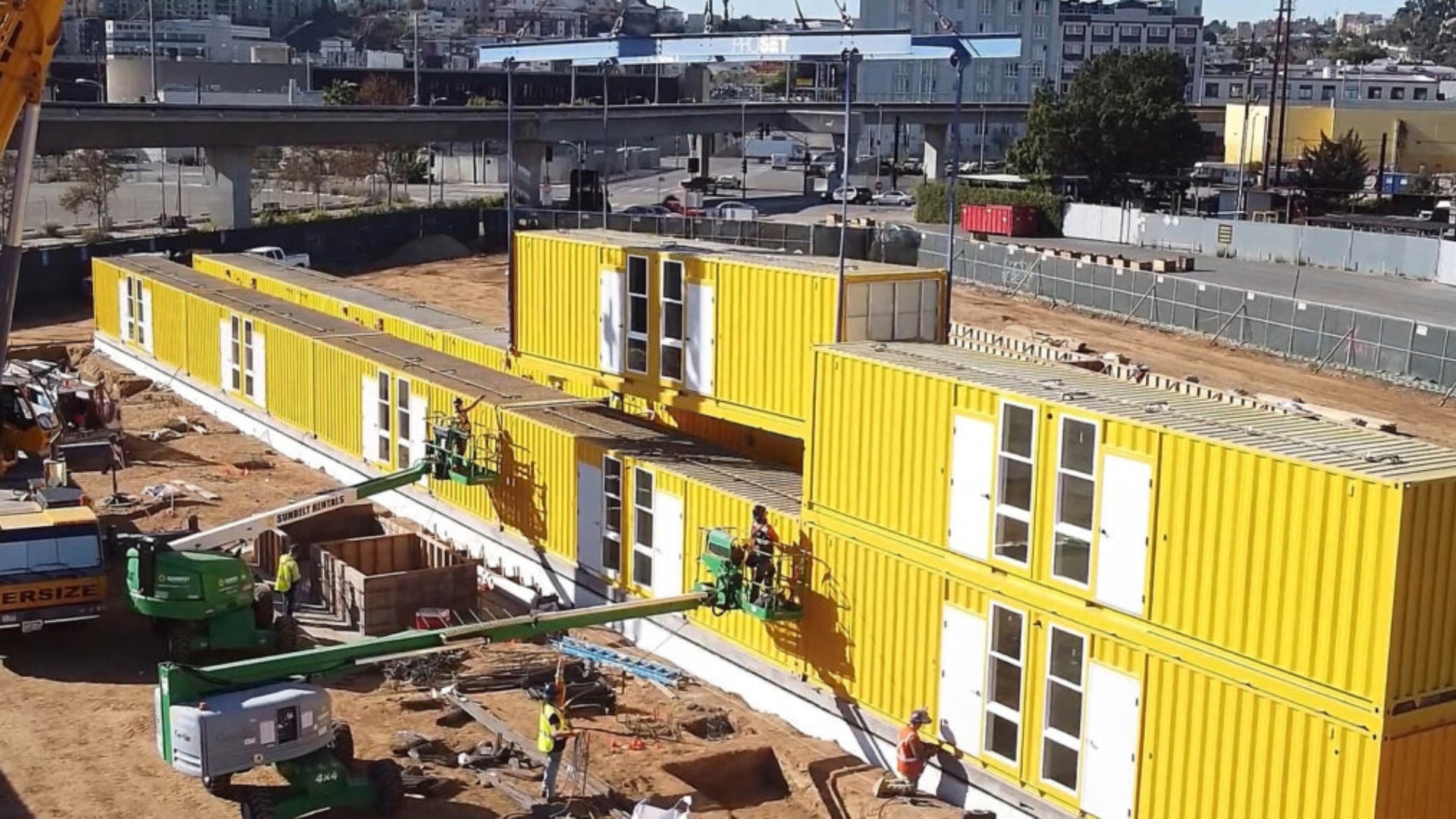Customer Story
Scaling operations with smarter collaboration
Bernards chose Procore to support growth, cut BIM-related costs, and improve coordination across project teams

The Challenge
As Bernards strives to grow into a $1 billion construction company, it became clear that their existing project management and BIM solutions were not equipped to handle their expanding operations. Initially, they tested a competitor’s platform but quickly realized its limitations. Inefficiencies, cost overruns, and lack of transparency hindered their ability to remain competitive. They needed a solution that could not only scale with their growth but also drive down costs, enhance collaboration, and provide real-time access to critical project data.

The Solution
To identify the best platform, Bernards rigorously tested multiple solutions, deploying Procore on one project and a leading competitor on another. “By doing that, it was clear to us that Procore was what we needed to use,” said Darren Roos, VP of BIM and VDC at Bernards. Procore’s intuitive interface, seamless communication tools, and powerful BIM integration proved to be game-changers. By implementing Procore across projects, Bernards gained real-time collaboration, enhanced coordination between field and office teams, and significantly reduced BIM-related expenses.

The Results
- Achieved 50% reduction in BIM coordination by cutting budgeted BIM hours across multiple projects, leading to substantial cost savings
- Reduced costly rework by ensuring accurate, real-time access to models and project data in the field
- Improved bid competitiveness by providing the estimating team with more accurate cost projections
- Fostered a collaborative culture in which project engineers, superintendents, and managers actively participate in BIM processes
“We’ve cut BIM hours in half across multiple projects, and that translates to real dollar savings. We’re not just reducing costs—we’re improving our competitiveness.”
Darren Roos
Vice President of BIM
Bernards
Overcoming Growing Pains with Procore BIM
As Bernards transitioned to an employee-owned company, leadership recognized that scaling the business required a more efficient and cost-effective project management platform. Testing multiple solutions, including Viewpoint and Autodesk, they quickly realized these tools lacked the flexibility and transparency needed for large-scale projects.
“Before we used Procore, we were struggling with scattered information and duplicate data,” said Roos. “We tested multiple platforms on different projects, and it was obvious that Procore was the one we were going to settle with.”
One of the most significant benefits of Procore was its ability to centralize project information in real-time. “With Procore, we eliminated the inefficiencies of outdated or duplicated information. It just worked. Communication improved, data was easier to find, and we had complete transparency,” Roos added.
The true test of Procore’s impact came during a $300 million project in Compton, California. Faced with labor shortages and supply chain disruptions, the project was at risk of delays and cost overruns. However, Procore’s streamlined workflows and real-time data accessibility allowed Bernards to complete the project a full month ahead of schedule, avoiding millions in potential delay costs.
Beyond schedule improvements, Procore BIM also delivered financial advantages. By tracking performance metrics and implementing strong KPIs, Bernards identified substantial cost savings in their BIM processes. “We’ve cut BIM hours in half across multiple projects, and that translates to real dollar savings,” said Roos. “We’re not just reducing costs—we’re improving our competitiveness.”
Procore BIM: Driving More Competitive Bids
Having decades of experience with BIM tools, Roos was initially skeptical of Procore BIM. However, after implementation, the benefits were undeniable. “Right away, it was obvious to us that it was the industry’s best model viewer on a mobile device,” Roos said. Procore’s ability to integrate BIM directly into field workflows allowed superintendents, engineers, and subcontractors to engage with 3D models without needing extensive software training or additional licenses.
“With Procore, our field teams could open the model instantly without extra software costs or training,” Roos explained. “Instead of just having BIM engineers review clashes, our field experts—who have been in construction for decades—could now identify issues firsthand.” This early issue detection cut coordination time in half, reducing the need for expensive rework.
Another major efficiency gain was Procore’s 2D-to-3D tool. A process that typically required over 100 hours of manual overlay work was reduced to mere seconds. “We just touch a wall in Procore, and it automatically generates a two-dimensional elevation with all the relevant details—dimensions, grid lines, everything,” Roos said. This automation significantly reduced errors and improved efficiency across projects.
Beyond workflow improvements, Procore BIM played a crucial role in making Bernards’ bids more competitive. By lowering BIM costs and providing more precise estimates, the preconstruction team was able to submit more aggressive bids while maintaining profitability. “Our estimating team now has more confidence in our numbers, which means we can bid more competitively without undercutting our margins,” said Roos.
Creating a Culture of Collaboration and Innovation
Beyond improving project management, Procore has transformed Bernards’ approach to collaboration and efficiency. Traditionally, BIM was an isolated department, with project teams reliant on BIM engineers to interpret models and relay information. With Procore BIM, that dynamic has changed. “Now, our project engineers, superintendents, and managers are all part of the BIM process. BIM is no longer a silo—it’s a culture,” Roos emphasized.
The impact of this shift has been profound. By integrating BIM more broadly, Bernards’ BIM team can now focus on innovation, training, and exploring Procore’s latest tools rather than spending time on repetitive manual tasks. “Before, we spent too much time on tedious coordination. Now, we can focus on improving our processes and driving even more efficiencies,” Roos noted.
Procore’s interconnected platform also ensures that RFIs, submittals, and model data are seamlessly linked, keeping all teams aligned. “We’ve eliminated the back-and-forth arguments on-site,” Roos said. “If there’s a dispute, someone just pulls up the model on an iPad and shows exactly where things need to be. That level of clarity saves time, money, and frustration.”
For Bernards, Procore BIM isn’t just a tool—it’s a competitive advantage. By reducing costs, improving efficiency, and fostering collaboration, Procore has positioned Bernards as an industry leader in BIM adoption. “Procore isn’t just software for us—it’s how we build better. It’s how we stay ahead of the competition.”




